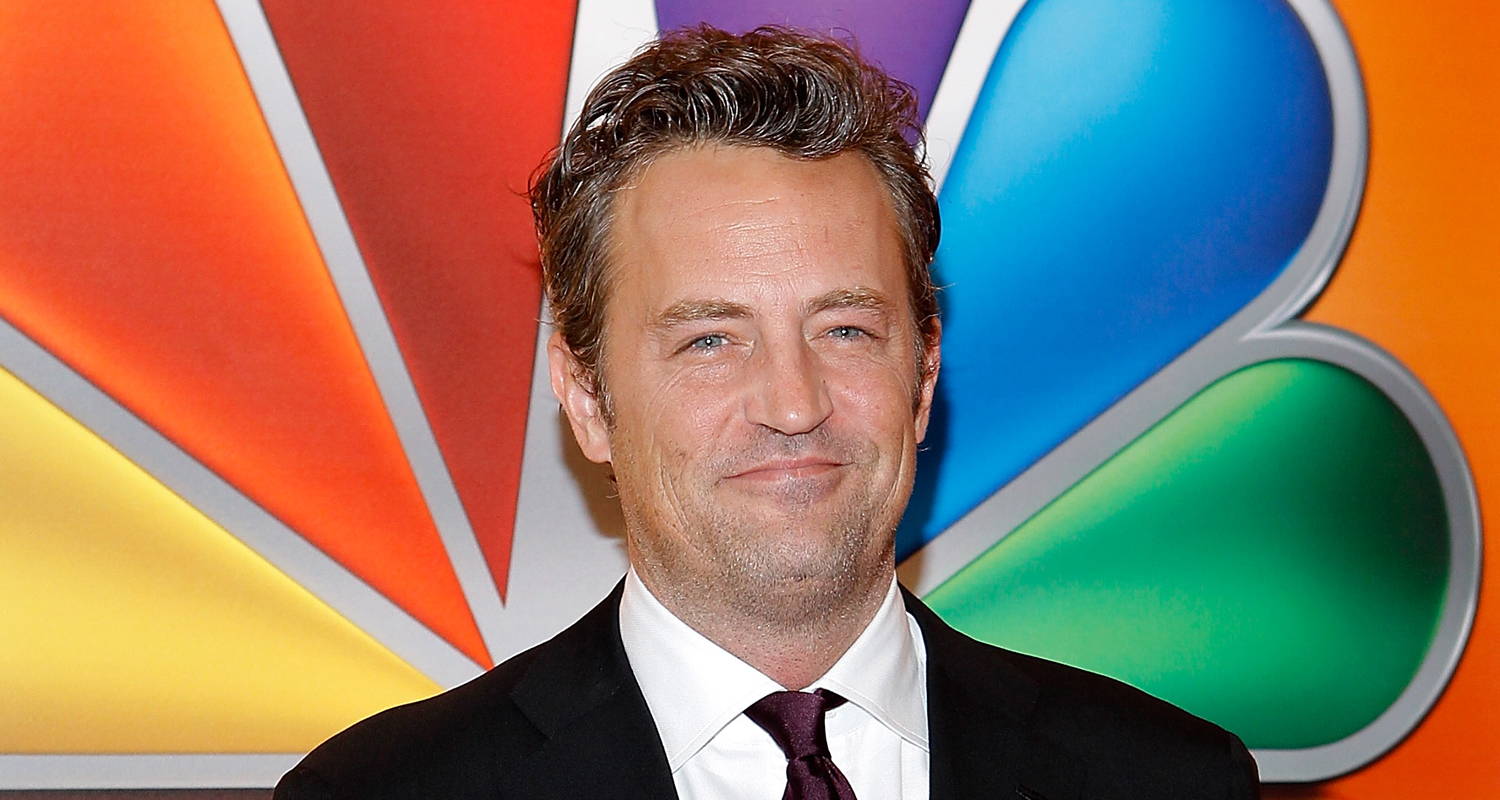The woman who called herself the “Ketamine Queen” has finally said yes – she did it. But the Matthew Perry overdose case has taken nearly two years to get to this point, and the story behind it is darker than most people realised.
Jasveen Sangha, a 42-year-old who holds both British and American citizenship, agreed to plead guilty on Monday to supplying the drugs that killed the beloved Friends star. The Matthew Perry overdose case is now reaching its conclusion, but not before revealing a web of dealers, doctors, and assistants who all played a part in the actor’s tragic death.
Who Was the ‘Ketamine Queen’?
Sangha wasn’t just any drug dealer – she was running what prosecutors called a high-end operation from her North Hollywood flat. The Matthew Perry overdose case revealed that she specifically targeted celebrities and wealthy clients, marketing herself as someone who only dealt with “high end and celebs.”
Her Instagram showed a glamorous lifestyle – photos with famous people, expensive holidays around the world, and all the trappings of success. But behind the scenes, she was operating something much more sinister.
When police raided her home in March 2024, they found a proper drug warehouse. There were 79 vials of liquid ketamine, over a kilogram of methamphetamine pills, fake Xanax tablets, cocaine, and even a expensive cash–counting machine.
How the Matthew Perry Overdose Case Unfolded
Perry’s death on October 28, 2023, initially seemed like a tragic accident. The Friends star had been open about his struggles with addiction and was found dead in his hot tub at his Los Angeles home.
But as investigators dug deeper into the Matthew Perry overdose case, they discovered something shocking. In the weeks before his death, Perry had been injected with ketamine at least three times on the day he died – all of it supplied by Sangha.
The Matthew Perry overdose case showed that Perry wasn’t just getting ketamine from one source. He’d been receiving legitimate ketamine treatment for depression from his regular doctor. But that wasn’t enough.
The Network Behind Perry’s Death

The Matthew Perry overdose case exposed a whole network of people who helped supply Perry with illegal ketamine:
Kenneth Iwamasa – Perry’s live-in assistant who actually gave Perry the fatal injections, even though he had no medical training whatsoever.
Erik Fleming – A middleman connecting Perry’s assistant with Sangha.
Dr. Salvador Plasencia – A licensed doctor who sold ketamine to Perry but didn’t supply the doses that killed him.
Dr. Mark Chavez – Another doctor who supplied ketamine to Perry.
All five people in the Matthew Perry overdose case have now pleaded guilty rather than face trial.
The Fatal Transaction
Four days before Perry died, Iwamasa paid Sangha £6,000 in cash for 25 vials of ketamine. That batch included the doses that would kill Perry.
Fleming had been convincing about Sangha’s product quality. He texted Iwamasa that her ketamine was “unmarked but it’s amazing” and that “if it were not great stuff she’d lose her business.”
On the day Perry died, Iwamasa injected him with ketamine three times. The Matthew Perry overdose case revealed that Iwamasa had been giving Perry these injections for weeks, despite having no medical qualifications.
The Cover-Up Attempt
What makes the Matthew Perry overdose case even more disturbing is what happened after Perry’s death. Sangha immediately tried to cover her tracks.
She called Fleming on a secure messaging app to discuss “how to distance themselves” from Perry’s death. She set her messages to automatically delete and told Fleming to do the same.
Fleming left Sangha a voicemail saying: “I’m 90% sure everyone is protected. I never dealt with Perry. Only his Assistant. So the Assistant was the enabler.”
But their attempts to hide the evidence didn’t work. The Matthew Perry overdose case investigation had already begun.
Another Death on Sangha’s Hands
The Matthew Perry overdose case wasn’t the first time Sangha’s drugs had killed someone. In August 2019, she sold four vials of ketamine to a man named Cody McLaury. He died from an overdose just hours later.
After McLaury’s family told Sangha her ketamine had killed him, she searched Google for “can ketamine be listed as a cause of death?” But instead of stopping her illegal business, she carried on selling.
This earlier death has become part of the Matthew Perry overdose case, showing that Sangha knew her drugs could be deadly.
Why Ketamine Is So Dangerous
The Matthew Perry overdose case has put a spotlight on ketamine, a drug that’s becoming more common but is still very dangerous when used illegally.
Ketamine is normally used as an anaesthetic in hospitals. Recently, doctors have started using it to treat severe depression, which is how Perry first encountered it legally.
But the Matthew Perry overdose case shows what happens when people start getting it from illegal sources. Street ketamine isn’t measured properly, isn’t pure, and users don’t know what they’re actually taking.
The drug can make someone stop breathing and their heart can stop beating suddenly. That’s exactly what happened to Perry.
The Legal Consequences
Sangha faces maximum sentence of 65 years in prison when she’s sentenced in the coming months. The Matthew Perry overdose case plea deal means she’s avoided a trial, but the punishment will still be severe.
Her lawyer, Mark Geragos, simply said: “She’s taking responsibility for her actions.”
What This Means for Celebrity Drug Culture

The Matthew Perry overdose case has exposed something that many people suspected but few talked about – there’s a whole industry of dealers who specifically target celebrities and wealthy people.
Sangha marketed herself as exclusive, someone who only dealt with famous clients. She charged premium prices and promised premium quality. But the Matthew Perry overdose case shows that even “high-end” illegal drugs can be deadly.
Celebrity culture often glamorises drug use, but the Matthew Perry overdose case is a reminder of the real consequences.
Perry’s Struggle with Addiction
The Matthew Perry overdose case is particularly tragic because Perry had been so open about his battles with addiction. He’d written about it in his autobiography and spoke publicly about his experiences.
Perry had been to rehab multiple times and had periods of sobriety. But addiction is a disease that can strike back at any time, and the Matthew Perry overdose case shows how easily someone can slip back into dangerous territory.
His Friends co-stars – Jennifer Aniston, Courteney Cox, Lisa Kudrow, Matt LeBlanc, and David Schwimmer – had supported him through his struggles for years.
The Investigation That Cracked the Case
The Matthew Perry overdose case investigation took months to piece together. Police had to trace text messages, financial transactions, and drug supply chains.
The Drug Enforcement Administration, Los Angeles Police, and postal inspectors all worked together. They used everything from bank records to encrypted messages to build their case.
The Matthew Perry overdose case breakthrough came when some of the defendants agreed to cooperate in exchange for lighter sentences.
A Warning About Prescription Drug Abuse
The Matthew Perry overdose case highlights a growing problem with prescription drugs being diverted to illegal use. Ketamine is a legitimate medical treatment, but it’s also becoming a popular party drug.
The Matthew Perry overdose case shows how quickly legal medical treatment can spiral into illegal drug use. Perry started with legitimate ketamine therapy for depression but ended up buying it from a dealer.
Justice for Perry
While nothing can bring Matthew Perry back, the Matthew Perry overdose case at least ensures that those responsible will face consequences.
Perry’s family released a statement saying they were grateful for the investigation and hoped it would prevent similar tragedies.
The Matthew Perry overdose case sends a clear message that selling deadly drugs – even to celebrities who can afford to pay premium prices – will result in serious jail time.
The Bigger Picture
The Matthew Perry overdose case is about more than just one celebrity’s death. It’s about an illegal drug trade that targets vulnerable people, including those struggling with addiction.
Sangha and the others in the Matthew Perry overdose case saw Perry’s addiction as a business opportunity. They didn’t care about his wellbeing – they just wanted his money.
The case serves as a reminder that addiction is a serious medical condition that requires proper treatment, not exploitation by criminal dealers.
The court hearings for all defendants in the Matthew Perry overdose case are scheduled for the coming months.
